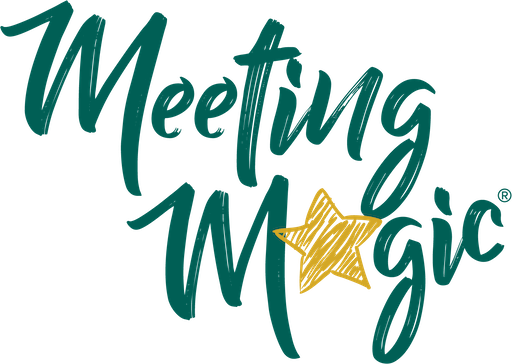As a consultant who works across a wide variety of organisations, I see a common pattern of busyness and overwhelm in workplaces. I have a hunch this is because of how we do change in organisations, and a theory that busyness is actually paralysing us, preventing change.
I remember noticing this before the 2020 pandemic and saying, ‘I don’t know how much longer people can keep working like this.’
And yet…
It feels like we are busier than ever before.
In response to this observation I have been running some experiential workshops inquiring into how people relate to busy-ness with a Gestalt colleague, Rowan Gray.
Needless to say, we have had a lot of interest from people who have been…
… too busy to attend … the irony is not lost on us!
But there have been people who have made space to explore their busyness and we have appreciated their willingness to do this with us. Based on insights from these experiments, and my own experiences, I offer the following …
- Conventional wisdom is that change happens when we drive change through programmes of work. This means the work of change is additional, and causes busyness.
- When people are busy they act at speed, they don’t have time to think, let alone see how they are thinking. They remain unaware of the thinking patterns that drive behaviour and our fundamental ways of working.
- Most change is done structurally in organisations and usually involves redundancy programmes. When people are fearful for job security they are rarely at their most open to learning and creativity.
The way we go about change is causing a lack of fundamental change.
It’s a vicious cycle. Here’s how I see it working …
The work of change is done through initiatives >>
>> the work of change increases workloads
>> this leads to busyness
>> when we are busy we act at speed, we don’t have the capacity to do the deeper work of noticing what really needs to change….
>> this and fear of job insecurity means we lose our creative ability to learn and adapt.
>> the fundamental issues remain, leading to recurring problems
>> the constant need for change
It’s a vicious cycle of trying to change, resisting change and trying to create more change.
This leads to huge investments of energy making superficial changes to structures and processes, whilst the fundamentals of how we work remain unchanged
And….
when we finally come to terms with our change efforts not working, that something needs to change beyond structures and processes – a glimmer of insight that what’s needed is relational change …
…. we go about trying to change relationships in the same ways as we change structures.
Our habit of making change by initiating change programmes is creating an inability to change.
So, my offer to you is, if you want to make change… slow down … at least pause … to identify what you need to stop … to make space for the new.
Maybe you could make some space for change by avoiding any pointless meetings you are being invited to…. See my last blog about this 😊
As I continue to write this series of myth-busting blogs, I hope to reveal some of the embedded patterns in our ways of working so that we might consider alternatives. In my next blog I will explore the implications of mechanical ways of working in human systems.
